Forsythia Gall Treatment: How To Fix Phomopsis Gall On Forsythia Bush
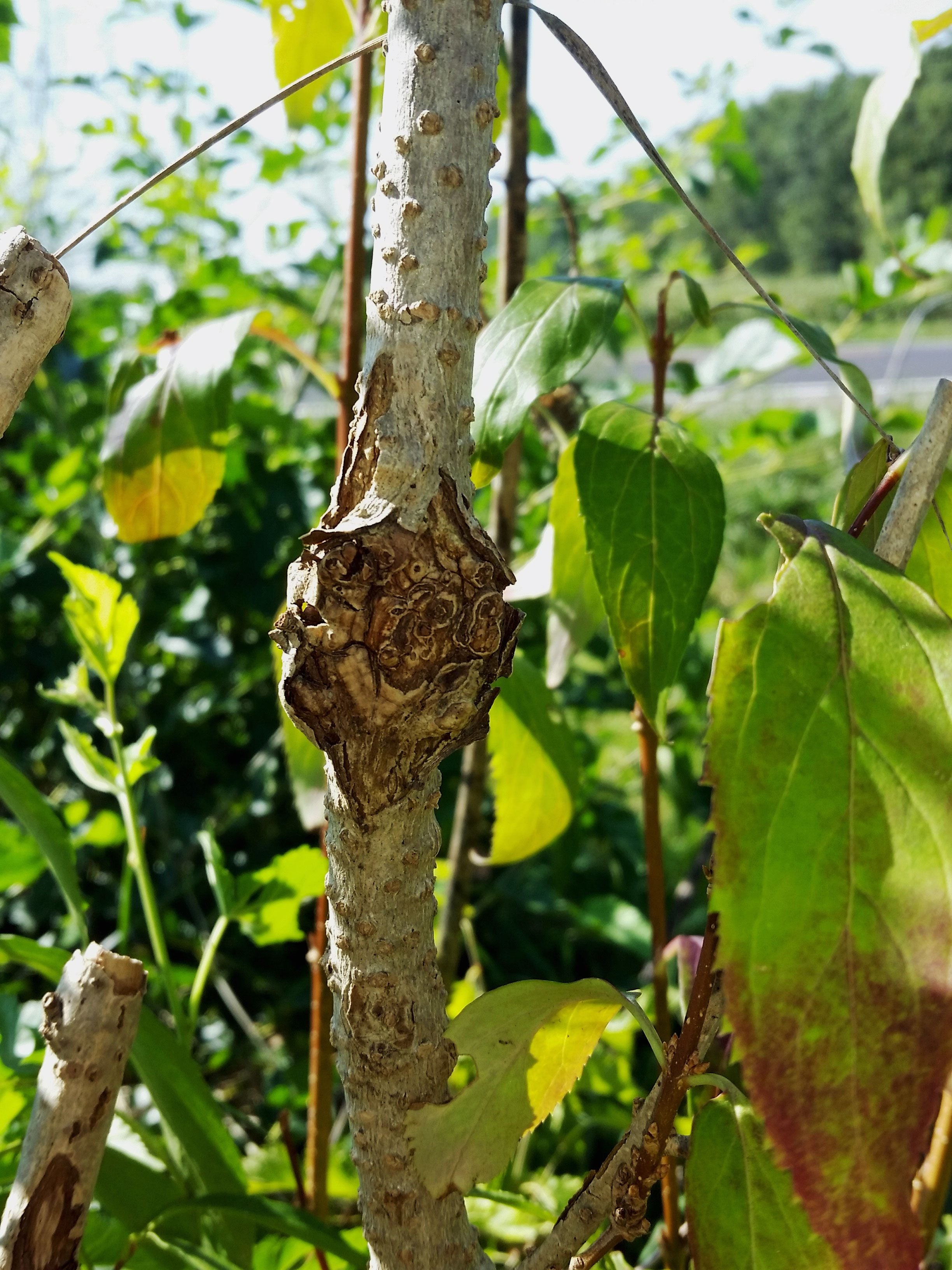

Forsythia shrubs are well-known for their beauty and tenacity, but even the toughest of these shrubs can become sickly in the presence of phomopsis galls. Read on to find out how to manage this unsightly fungus.
Phomopsis Gall on Forsythia
The bright yellow flowers of the forsythia herald spring, but when your bushes develop unusual swellings on their branches, it's hardly a cheery start to the season. Galls aren't uncommon problems for woody plants and trees, but unlike most common galls, forsythia phomopsis gall is caused by an aggressive fungus. The fungus Phomopsis spp. is responsible for the irregular swellings that appear throughout affected forsythia shrubs. These galls are typically 1 to 2 inches (2.5-5 cm.) in diameter, noticeably round, and have a rough, bumpy texture. It's easy to mistake them for galls caused by insects or mites, however, so cutting into them is necessary for proper diagnosis. When you cut through a phomopsis gall, it will be solid throughout, unlike other galls that contain chambers or have evidence of boring inside. Initial infection occurs when fungal spores land on freshly wounded forsythia during wet weather. There is some evidence that these spores can also be spread between plants on dirty tools. If you've got a forsythia showing signs of galls, make sure that you sterilize your pruners between cuts in a solution of bleach water, mixed at a 1:10 bleach to water ratio. Unlike insect galls, choosing to ignore phomopsis galls is a big mistake-- they can easily kill portions of weak forsythias, causing overall decline and death.
Forsythia Gall Treatment
Since the phomopsis gall fungus doesn't overwinter in debris like many fungi, instead hanging out in the galls as an active infection, there's a risk of transmitting this disease all year long. Watch for new growths on your forsythia, especially if they're planted in an area that has already shown gall activity. Treating galls on forsythia isn't possible; the only thing you can do once they arise is to remove them cleanly. Cut infected branches off 4 to 6 inches (10-15 cm.) below the swellings, and immediately destroy the infected tissue by burning or double bagging it in plastic. Always practice good sanitation methods when working around phomopsis galls to prevent spreading them further.
Gardening tips, videos, info and more delivered right to your inbox!
Sign up for the Gardening Know How newsletter today and receive a free copy of our e-book "How to Grow Delicious Tomatoes".

Kristi Waterworth was a regular contributor to Gardening Know How for many years, answering countless queries on plant pests and diseases.
-
 12 Lush Alternatives To A Lawn For Sustainable Spaces
12 Lush Alternatives To A Lawn For Sustainable SpacesAlternatives to a lawn are beautiful and also beneficial to your local ecosystem and its pollinators. Explore our top picks for plants to replace grass.
By Tonya Barnett
-
 Types Of Tomatoes Explained: Explore The Many Wonderful Shapes, Colors, Flavors, & Best Uses
Types Of Tomatoes Explained: Explore The Many Wonderful Shapes, Colors, Flavors, & Best UsesThe world of tomato varieties is vast and fascinating. Learn about the key types to grow in your garden, tailored to your preferences and space.
By Amy Grant
-
 Forsythia Winter Damage: How To Treat A Cold Damaged Forsythia
Forsythia Winter Damage: How To Treat A Cold Damaged ForsythiaForsythia plants produce many stems and often need pruning to keep looking their best. Cold or windy winters may injure forsythias, but they usually recover. If you are wondering how to treat a cold damaged forsythia, this article will help.
By Teo Spengler
-
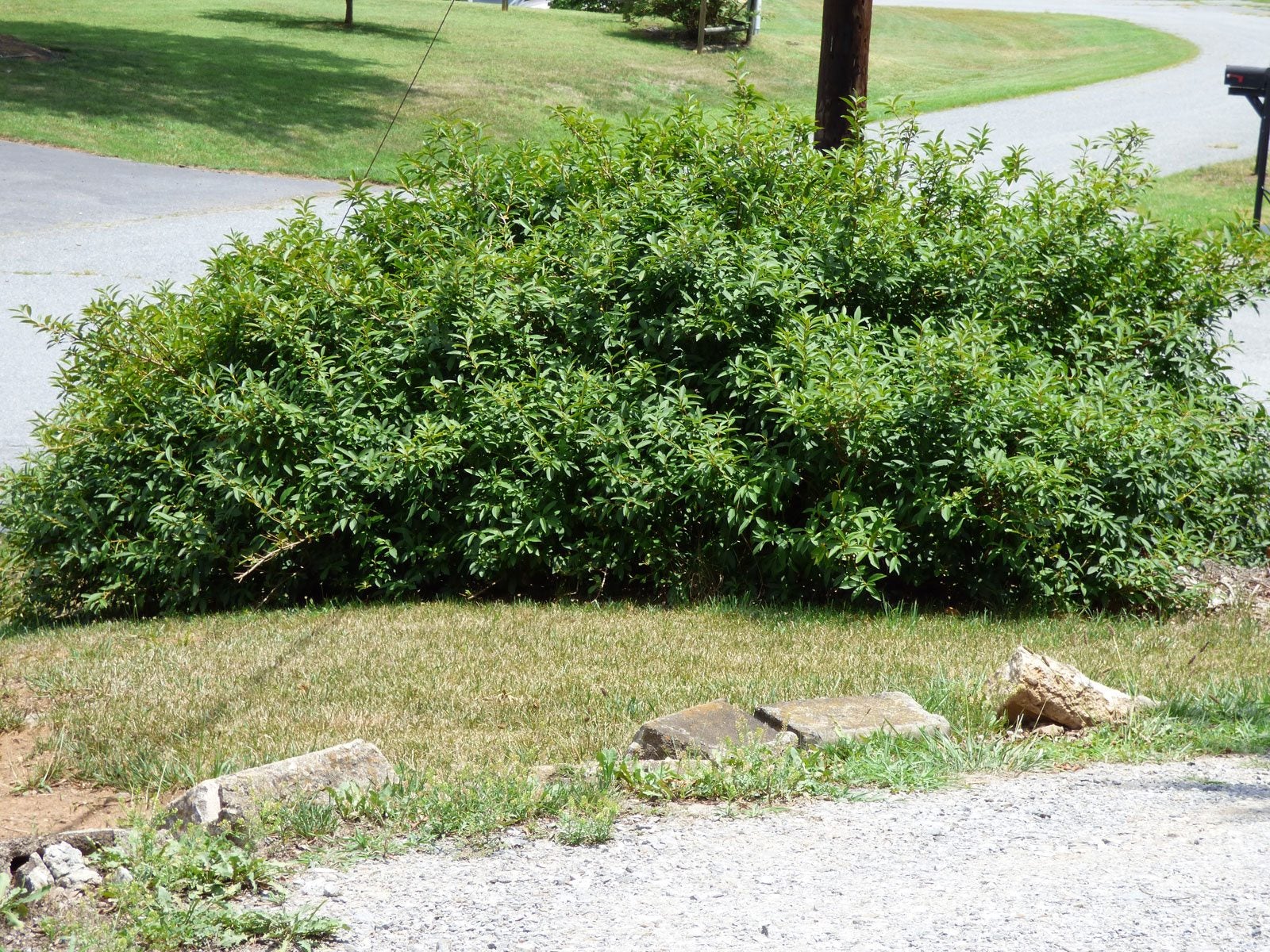 Forsythia Rejuvenation Pruning: Tips On Hard Pruning Forsythia Bushes
Forsythia Rejuvenation Pruning: Tips On Hard Pruning Forsythia BushesForsythias may start out as attractive landscape shrubs, but over time they can lose their luster. Learn more about hard pruning forsythia bushes once they've outgrown their space by clicking on the following article.
By Karen Boness
-
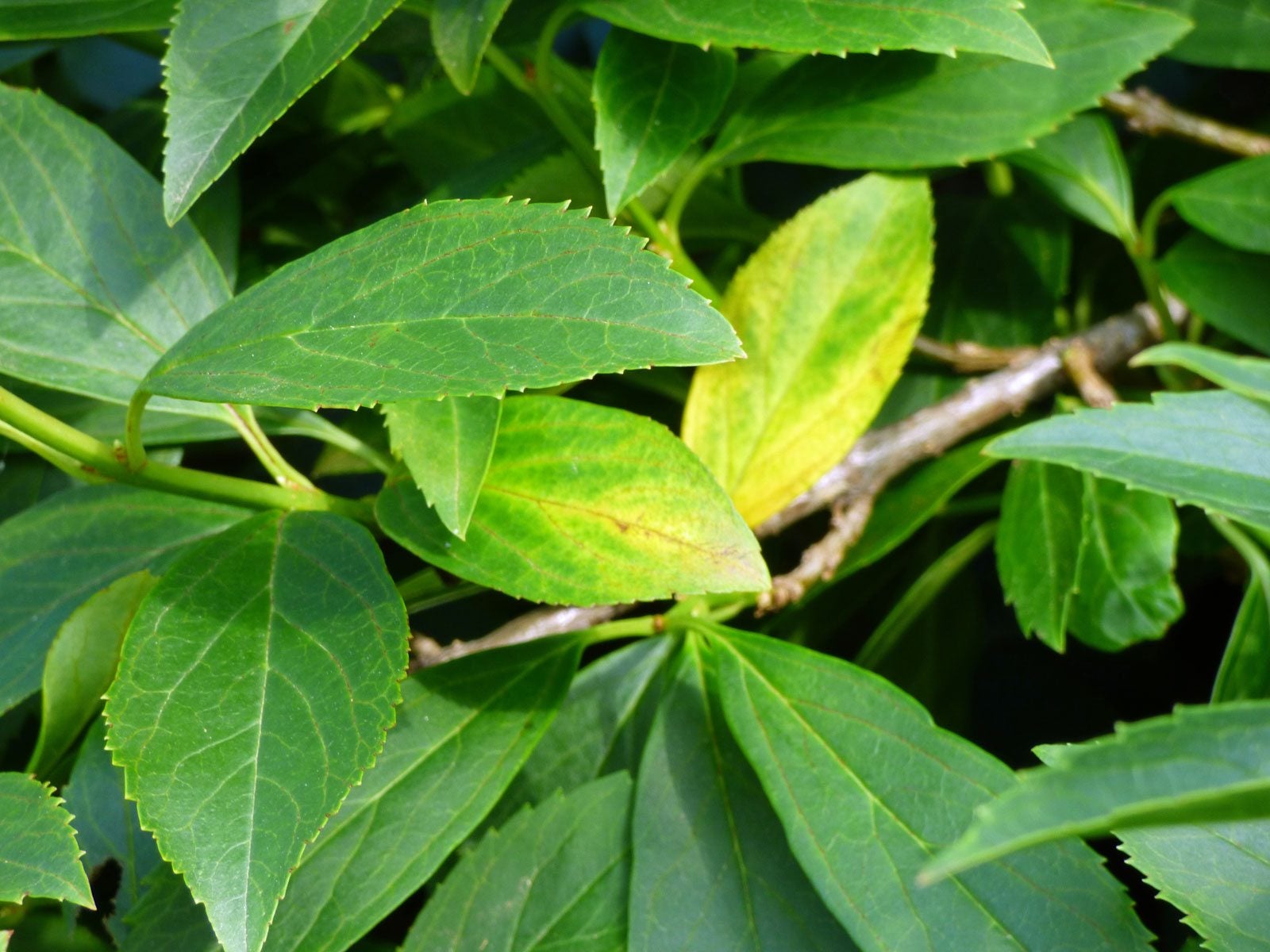 Forsythia Leaves Turning Yellow – Reasons For Yellow Leaves On Forsythia
Forsythia Leaves Turning Yellow – Reasons For Yellow Leaves On ForsythiaIf you see your forsythia leaves turning yellow, it could be a sign of a significant fungal issue. Yellowing forsythia bushes are normal before fall leaf drop but during the growing season it's time for action. Learn more here.
By Bonnie L. Grant
-
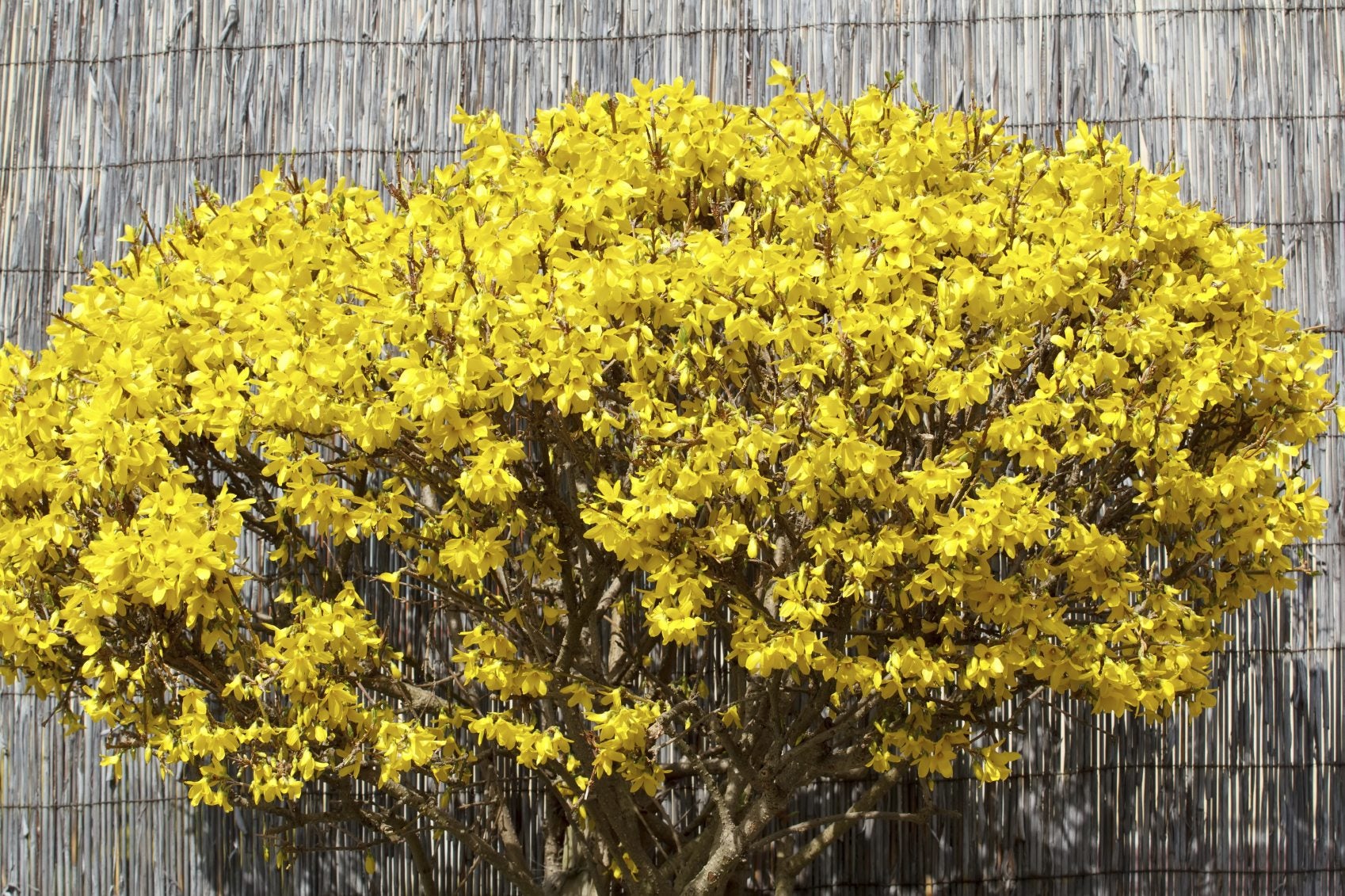 Varieties Of Forsythia: What Are Some Common Forsythia Bush Varieties
Varieties Of Forsythia: What Are Some Common Forsythia Bush VarietiesKnown for its bursts of brilliant yellow color that arrive even before the first leaf unfurls, forsythia is a delight to behold. But what other types are there? Find out about some popular forsythia varieties in this article. Click here for more info.
By Jackie Carroll
-
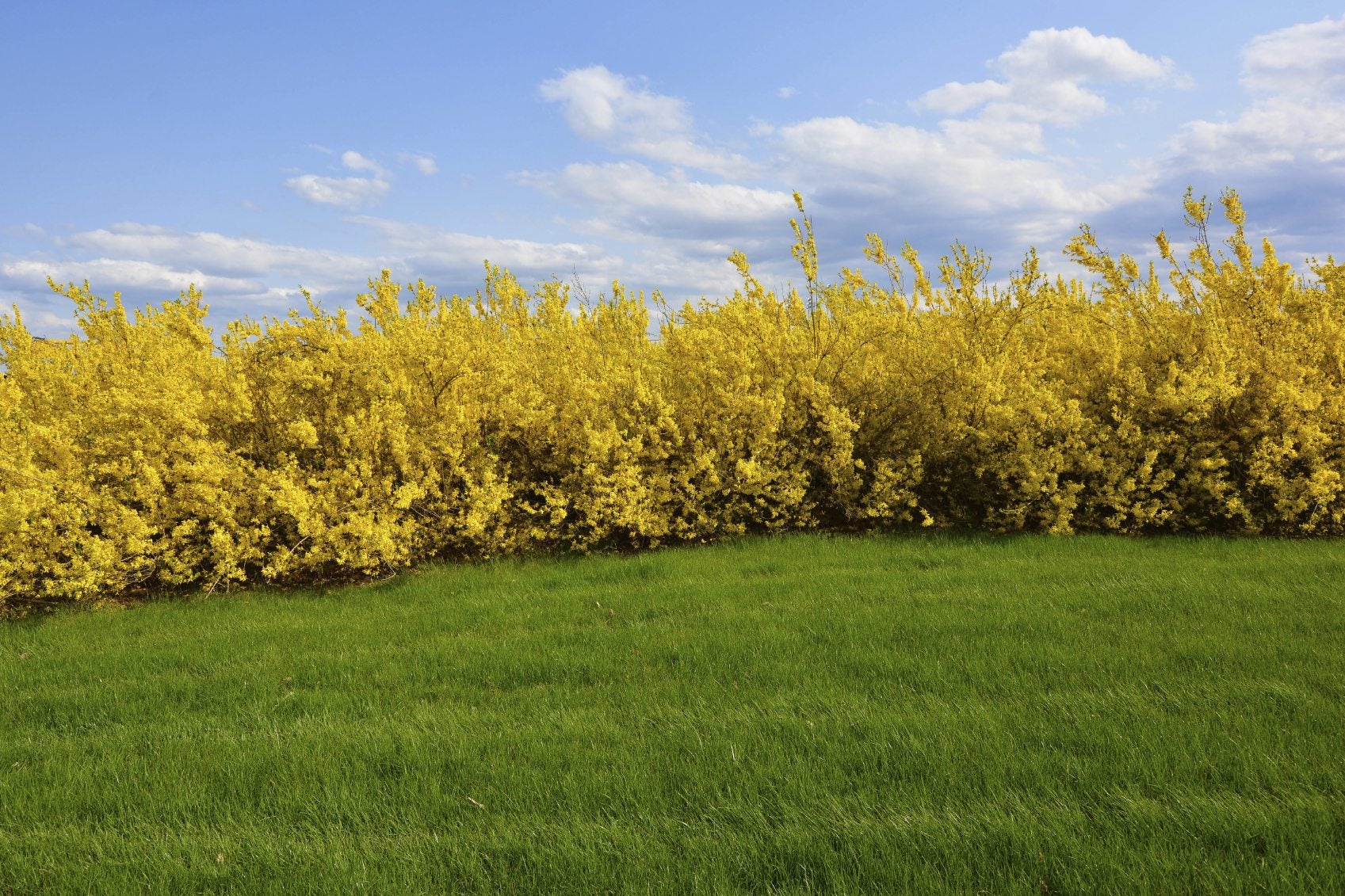 Planting Forsythia Hedges: Tips On Using Forsythia As A Hedge
Planting Forsythia Hedges: Tips On Using Forsythia As A HedgeIf you plan on using forsythia as a hedge, it is important to plant them correctly. This article has information on planting forsythia hedges and forsythia hedge pruning so you can find success with this type of hedge. Click here to learn more.
By Teo Spengler
-
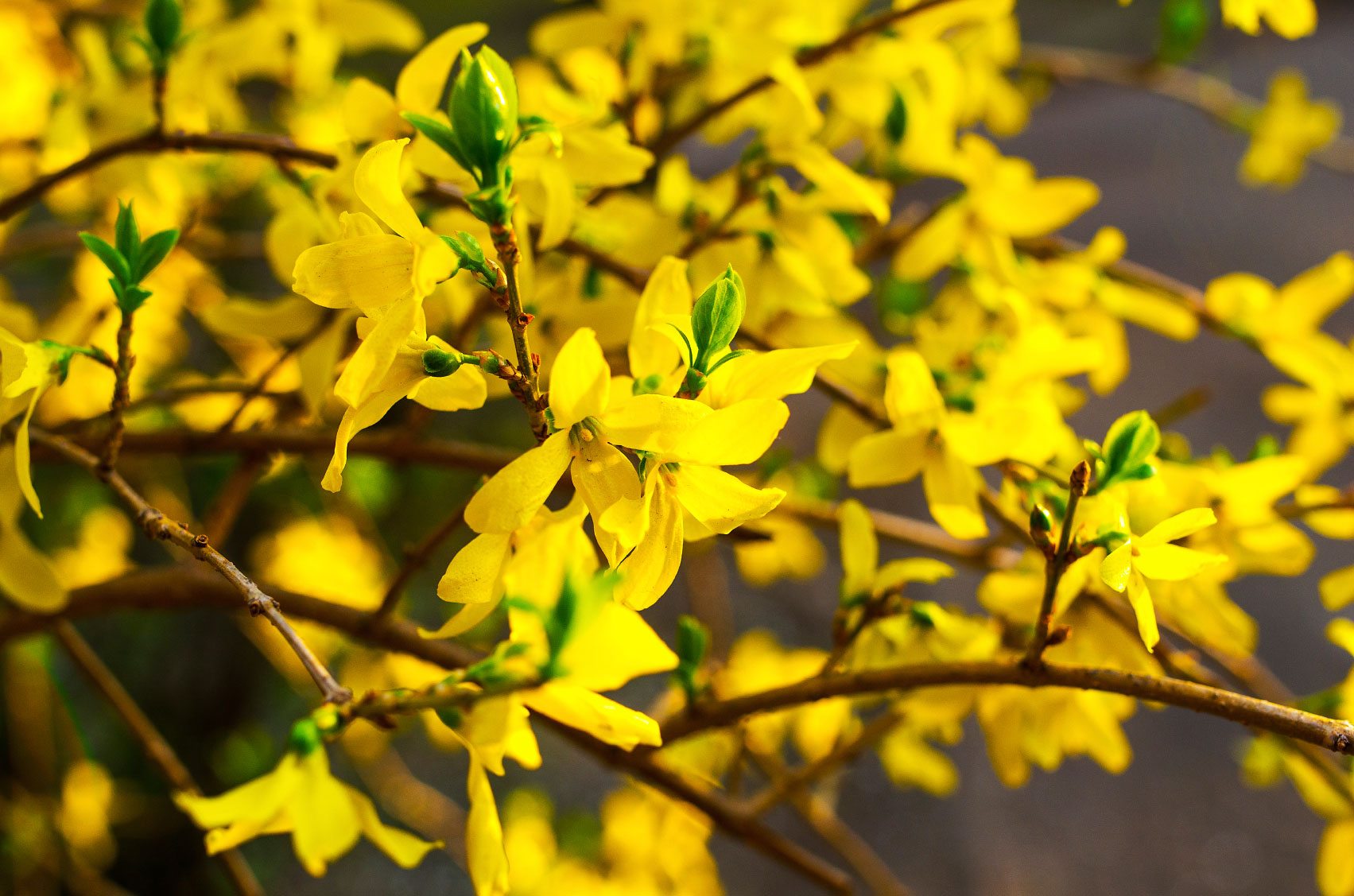 Can You Propagate Forsythia: How To Propagate Forsythia Shrubs
Can You Propagate Forsythia: How To Propagate Forsythia ShrubsForsythia bursts into bloom in late winter, well ahead of most other early-season shrubs. They look fantastic in groupings and shrub borders. If you can't get enough of them, read this article to find out about propagating forsythia plants.
By Jackie Carroll
-
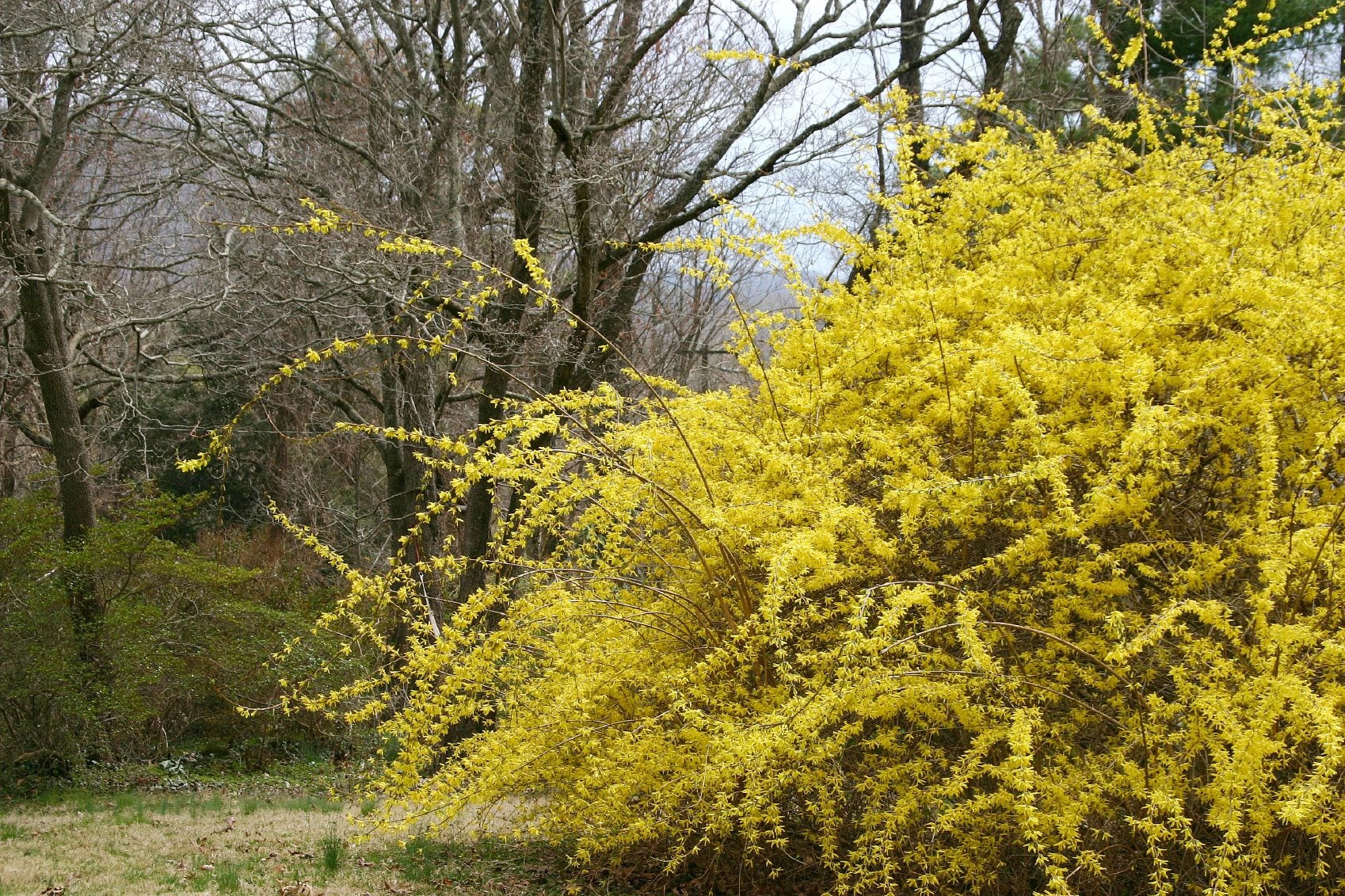 Tips For Growing A Weeping Forsythia Shrub
Tips For Growing A Weeping Forsythia ShrubA true harbinger of spring, forsythia blooms in late winter or spring. Weeping forsythia is slightly different from its cousin, the border forsythia, in that it has trailing branches. This article explains how to care for this large, graceful shrub.
By Jackie Carroll
-
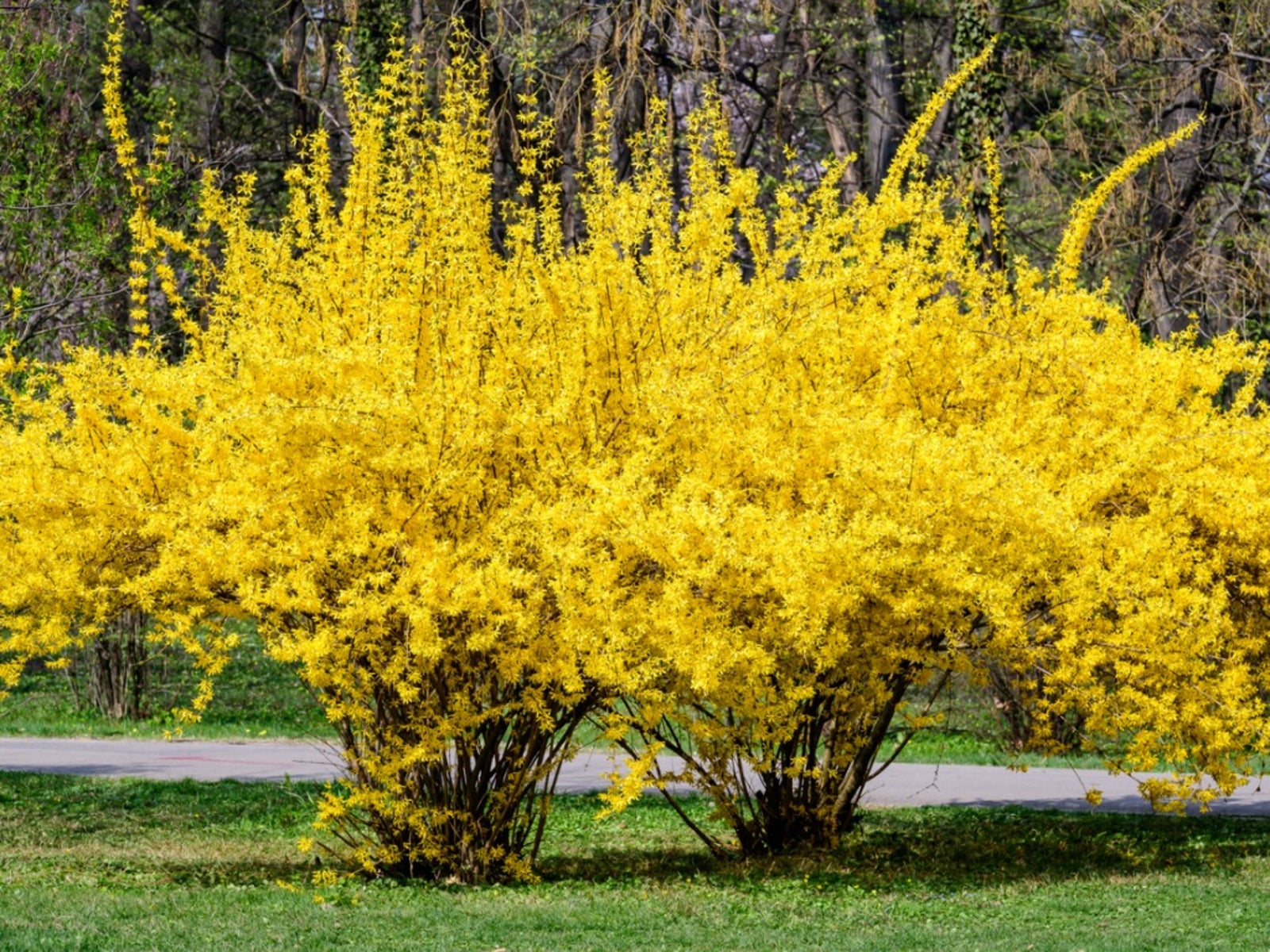 Reasons Why A Forsythia Will Not Bloom
Reasons Why A Forsythia Will Not BloomNothing says spring like those bright yellow blooms. But what happens when spring comes and nothing happens? If there are no blooms on the forsythia bush, it helps to pinpoint the issue. This article will help.
By Jackie Rhoades